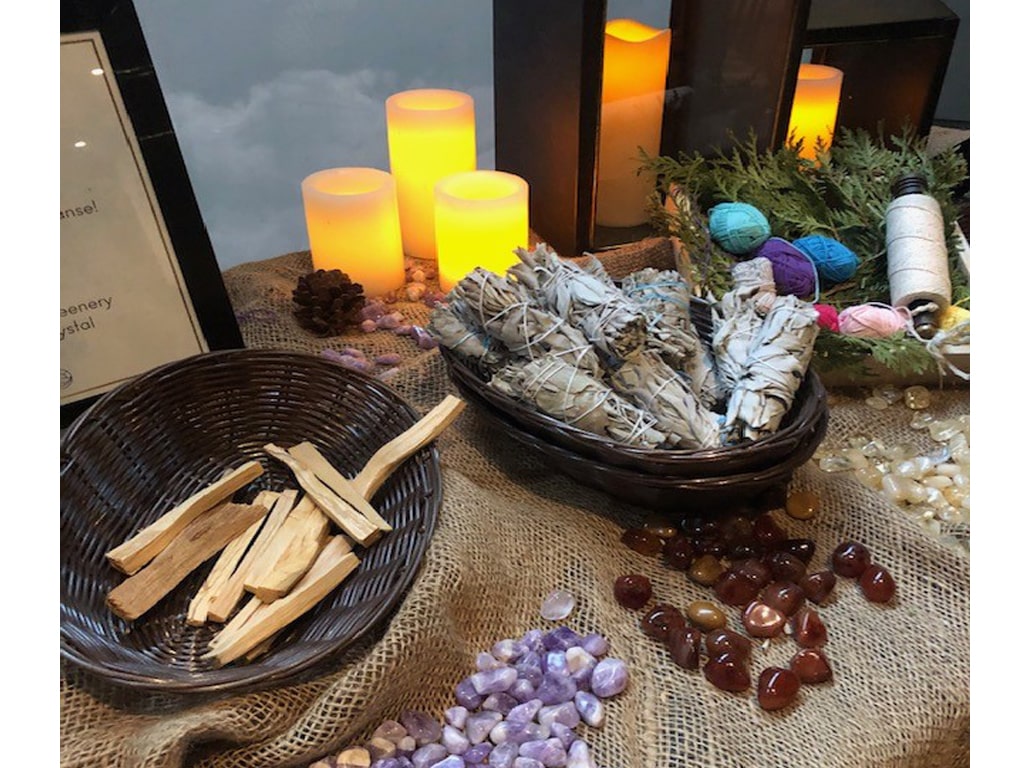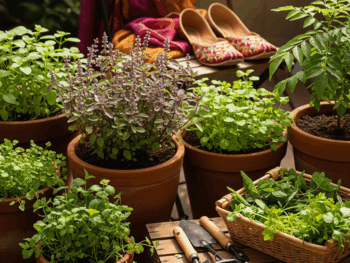All over social media, we see pictures of people burning beautiful bundles of sage. It may be part of the new-age, spiritual movement but the tradition is not new. Read on for tips on how to respectfully honor its origins and explore some potential benefits.
Sage comes in several varieties and belongs to the plant family Salvia, a word derived from the Latin word salvere, which means “to heal.” When it comes to burning sage, the most commonly used is White Sage but some may also use Desert Sage or a mix of a few different kinds. The ritual of burning sage is a practice which originated in Indigenous cultures (though not all Indigenous tribes practice it) and is called smudging.
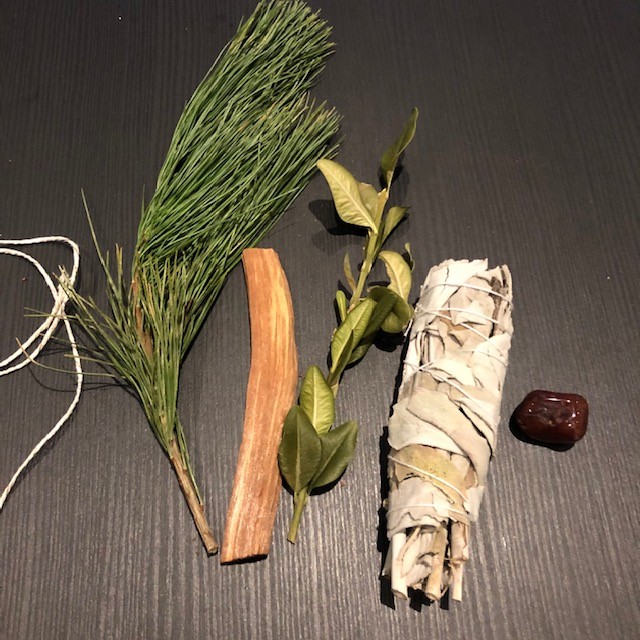
Burning sage has gained a lot of recognition the past decade (like meditation and yoga it’s been adopted into new-age, spiritual, health and wellness culture) but it’s important to acknowledge that language is power; burning sage shouldn’t be used interchangeably with smudging. Smudging is a spiritual practice with ancient, Indigenous roots. It involves several elements including traditions, ceremonies and protocols can vary based on Indigenous tribes.
Generally, smudging is a purifying ritual for cleansing of negative energies (for a person and/or a place) that involves four elements:
- A container, traditionally a shell representing water
- A bundle that has four sacred plants considered to be gifts from the Earth (sage, sweetgrass, cedar and tobacco)
- Fire (produced from burning the bundle of sacred plants)
- Smoke (produced from the fire)
Participation in a smudge should be voluntary and the ceremony should be led by an Indigenous Elder or cultural teacher.
With respect for the important distinction, this piece focuses not on smudging but on the act of burning sage that’s become increasingly popular the past few years. With a heavy presence and reference on social media, sage bundles have flooded the mainstream market available and are now available in several shops and online.
What Are Some Of The Potential Benefits Of Burning Sage?
Though there’s still minimal science-based evidence on the benefits of burning sage, not everything we do has to be backed by research studies. When it comes to experiences that can strengthen our relationship with our mind, body and spirit, it can be beneficial to approach them with an open, non-judgemental and curious approach. Try it and allow the experience you have with it to determine if it’s elicits any of the common benefits shared below (or perhaps your very own new ones):
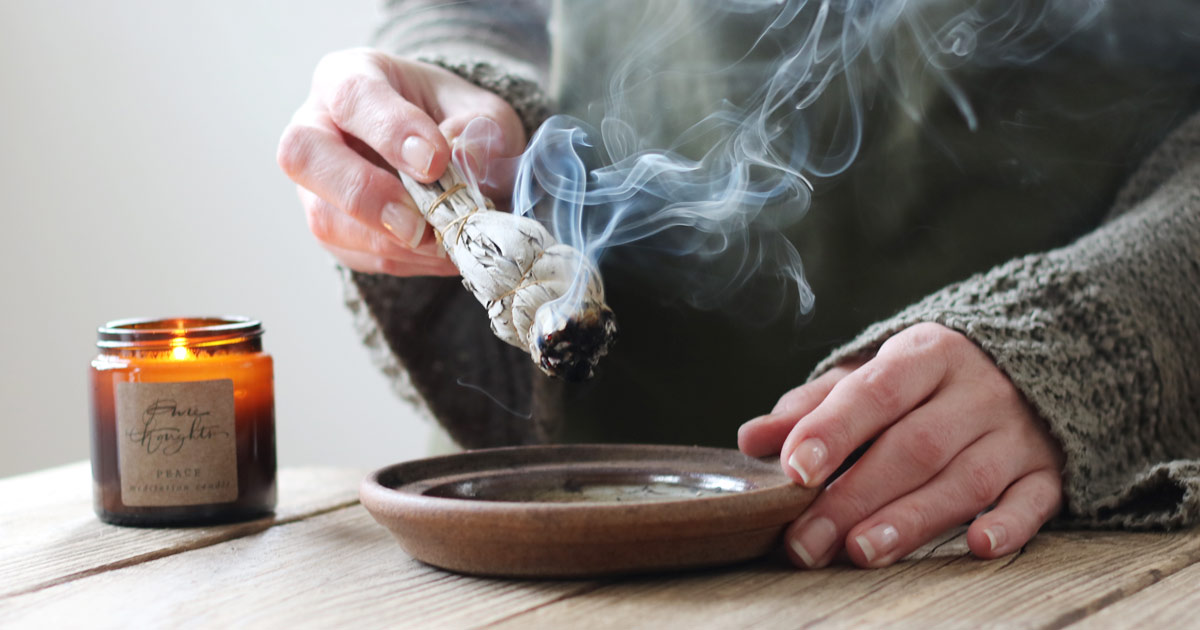
It can be a way to connect with your spirituality: The practice can feel calming and help evoke feelings of healing. Integrating mindfulness into the practice by giving it your focused attention and engaging all the senses that are accessible to you can make it a peaceful, sensory, meditative experience.
It can have powerful energetic impact: Considered a practice that can help cleanse energy within a person, item and/or a space, it’s thought to support the removal of negative energy. Through supporting the removal of negative energy, it’s creating a spaciousness for positivity.
It may also help improve air quality. White prairie sage has both antibacterial and antimicrobial properties, which may help improve air quality in a home and kill bacteria. White sage has antimicrobial properties and both kinds also may work as insect repellent. For those with respiratory conditions who may be impacted by exposure to smoke, take a gentle approach and leave the room after practice to let the smoke clear.
It may support stress reduction: In 2016, the University of Mississippi shared results of a research project that found that white sage is rich in compounds that can help activate certain receptors in the brain that help alleviate pain and elevate mood.
It has a lovely aroma: A natural, chemical-free alternative to manufactured air freshener, it has a lovely, incense-like fragrance.
Ways You Can Burn Sage:
- Start by getting a sage bundle. We suggest looking into ethically sourced sage available in your area (try to avoid the generic, mainstream purchases from big retail shops).
- Set an intention for your practice. Connect with what your purpose for the practice is before you light up.
- Open windows and/or doors in your room to air/smoke/energy circulation.
- Have something to collect the ashes (perhaps a ceramic bowl or one made of clay).
- Move the sage slowly around the item, person or place; feel free to repeat a mantra, a prayer or anything else that supports further deepening the practice for you.
- Engaging all the senses accessible to you, bring your full focus to the practice and notice any thoughts, emotions and/or physical sensations that arise. An optional suggested step is to journal them after.
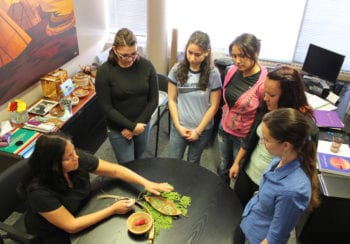
If you decide to try (or already have a sage burning practice), we encourage you to keep an open mind, an compassionate heart and respect for the origins of the practice. If sharing your experience, please consider refraining from using the #smudging on social media (unless we are adhering to the Indigenous cultural guidelines) to demonstrate respect for the origins of the practice.
Main Image Photo Credit: Rachna Sethi, @mindfullyyours
Rachna Sethi
Author
Rachna (@thesassyspiritual) is a graduate of the Applied Mindfulness Meditation program from the University of Toronto, a certified Educator with two bachelor degrees and a diploma in Art Therapy. She's dedicated to living with a compassionate approach. Committed to helping people integrate Mindfuln...






















































